This year’s American Society of Anesthesiologists meeting (#ANES18) happens to be in my “neck of the woods”—one of the greatest cities in the world—San Francisco, California. Here are a few things you may or may not have known about San Francisco.
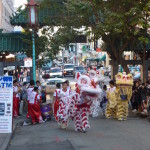 San Francisco is the biggest little city. At just under 47 square miles and with more than 800,000 inhabitants, San Francisco is second only to New York City in terms of population density. Despite its relatively small size, “the City” (as we suburbanites refer to it) consists of many small neighborhoods, each with its own charm and character: Union Square, the Financial District, Pacific Heights, the Marina, Haight-Ashbury, Chinatown, Little Italy, Nob Hill, Russian Hill, SoMa (South of Market), the Fillmore, Japantown, Mission District, Noe Valley, Twin Peaks, Castro, Sunset, Tenderloin, and others. This is probably why die-hard New Yorkers love it so much.
San Francisco is the biggest little city. At just under 47 square miles and with more than 800,000 inhabitants, San Francisco is second only to New York City in terms of population density. Despite its relatively small size, “the City” (as we suburbanites refer to it) consists of many small neighborhoods, each with its own charm and character: Union Square, the Financial District, Pacific Heights, the Marina, Haight-Ashbury, Chinatown, Little Italy, Nob Hill, Russian Hill, SoMa (South of Market), the Fillmore, Japantown, Mission District, Noe Valley, Twin Peaks, Castro, Sunset, Tenderloin, and others. This is probably why die-hard New Yorkers love it so much.
In the summer especially, San Francisco weather is somewhat unpredictable even when going from one side of the city to the other (part of the unique experience of visiting the city). “The coldest winter I ever spent was a summer in San Francisco,” a quote often mistakenly attributed to Mark Twain (no one really knows who actually said it), is nevertheless often true. Here in the San Francisco Bay Area, our local meteorologists provide daily forecasts for each of the region’s microclimates. The western side of the City along California’s coast is regularly plagued with fog while the eastern side of the City tends to be sunny most days of the year. It’s always a good idea to check the microclimate forecast before heading over to see the Golden Gate Bridge just in case it happens to be shrouded in fog. Average July temperatures in the City range in the 50s-60s Fahrenheit (no different than average November temperatures), so summer tourists often contribute to the local economy by buying “SF” logo sweatshirts for their walk across the City’s most famous bridge. Fortunately, #ANES18 is in the fall, and the weather near Moscone Center and the popular shopping area Union Square tends to stay reliably nice most of the year.
 San Francisco is very family-friendly. If you’re debating whether or not to make a family trip out of #ANES18, my advice is to do it. Right around the convention center there are a number of attractions and events worth checking out. I highly recommend visiting the farmers market at the Ferry Building. While there, you can also take a ferry ride to a number of other destinations in the Bay Area (try Sausalito, a short trip that takes you past Alcatraz). For kids, there are parks within walking distance as well as the Children’s Creativity Museum, the San Francisco Railway Museum, Exploratorium, and the cable car turnabout at Powell and Market Street. Trips to Fisherman’s Wharf, Ghiradelli Square, or the aquarium are a short taxi or cable car ride away. In addition, runners will love running up and down the Embarcadero which gives you a view of the Bay Bridge and takes you past the City’s many piers. Shoppers will be in heaven, and foodies will have to make the impossible decision of choosing where to eat for every meal.
San Francisco is very family-friendly. If you’re debating whether or not to make a family trip out of #ANES18, my advice is to do it. Right around the convention center there are a number of attractions and events worth checking out. I highly recommend visiting the farmers market at the Ferry Building. While there, you can also take a ferry ride to a number of other destinations in the Bay Area (try Sausalito, a short trip that takes you past Alcatraz). For kids, there are parks within walking distance as well as the Children’s Creativity Museum, the San Francisco Railway Museum, Exploratorium, and the cable car turnabout at Powell and Market Street. Trips to Fisherman’s Wharf, Ghiradelli Square, or the aquarium are a short taxi or cable car ride away. In addition, runners will love running up and down the Embarcadero which gives you a view of the Bay Bridge and takes you past the City’s many piers. Shoppers will be in heaven, and foodies will have to make the impossible decision of choosing where to eat for every meal.
But don’t take my word for it—come to #ANES18 and see for yourself!
Facebook
LinkedIn
Pinterest
E-mail
Related Posts:

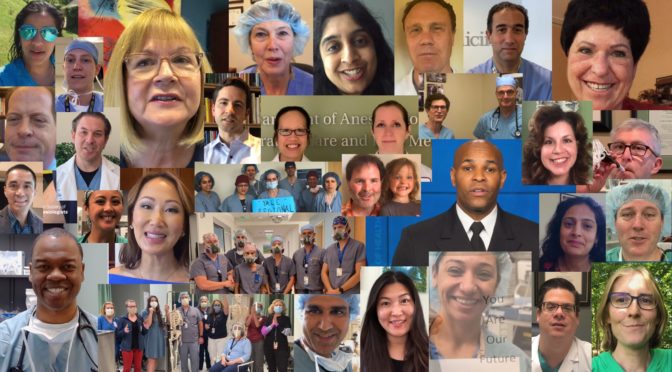
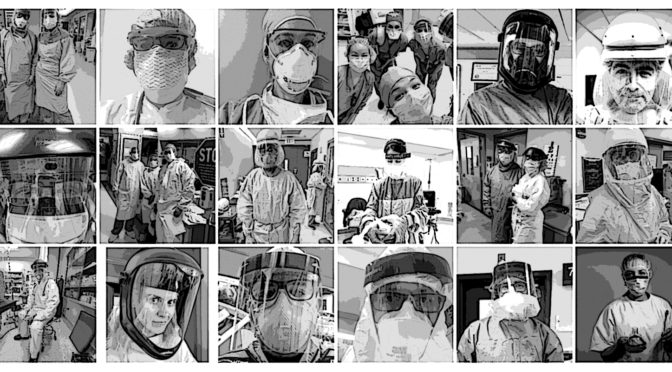
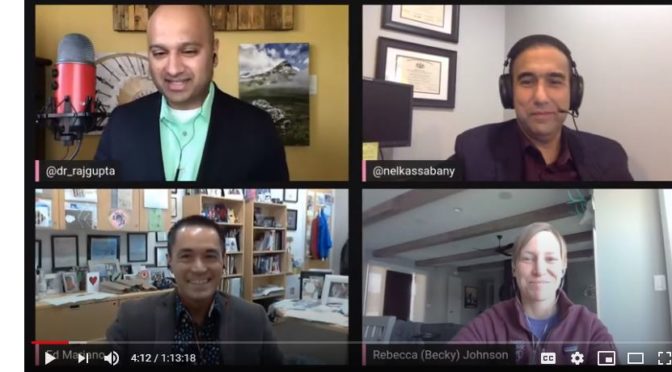
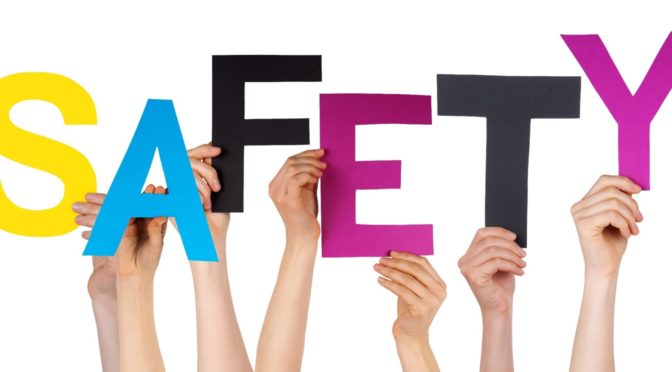
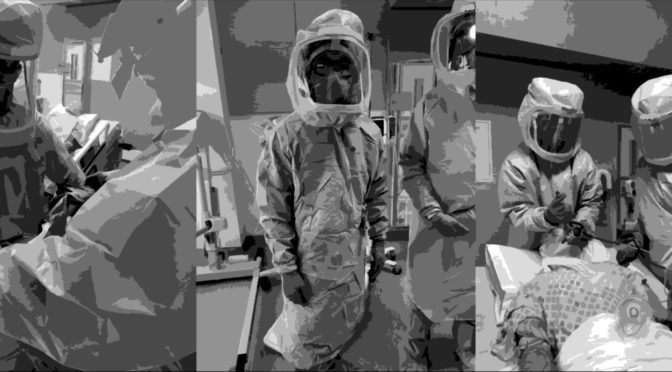
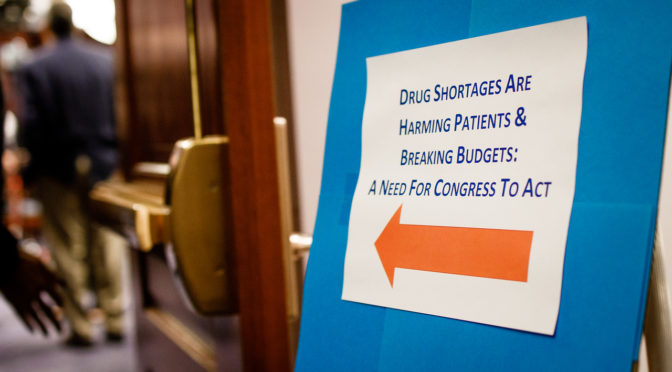
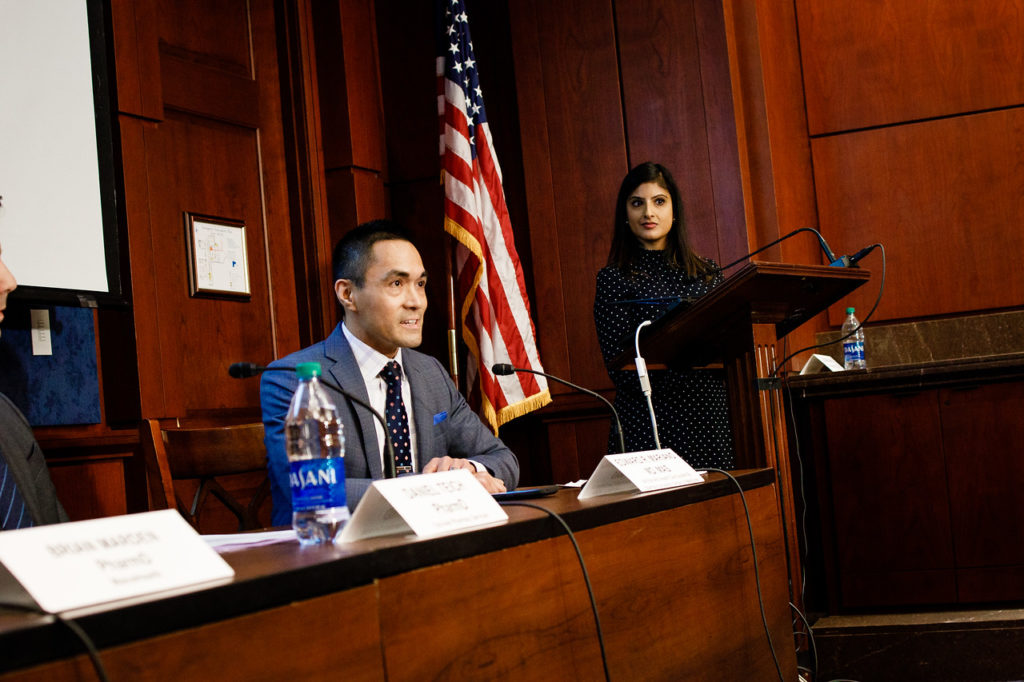
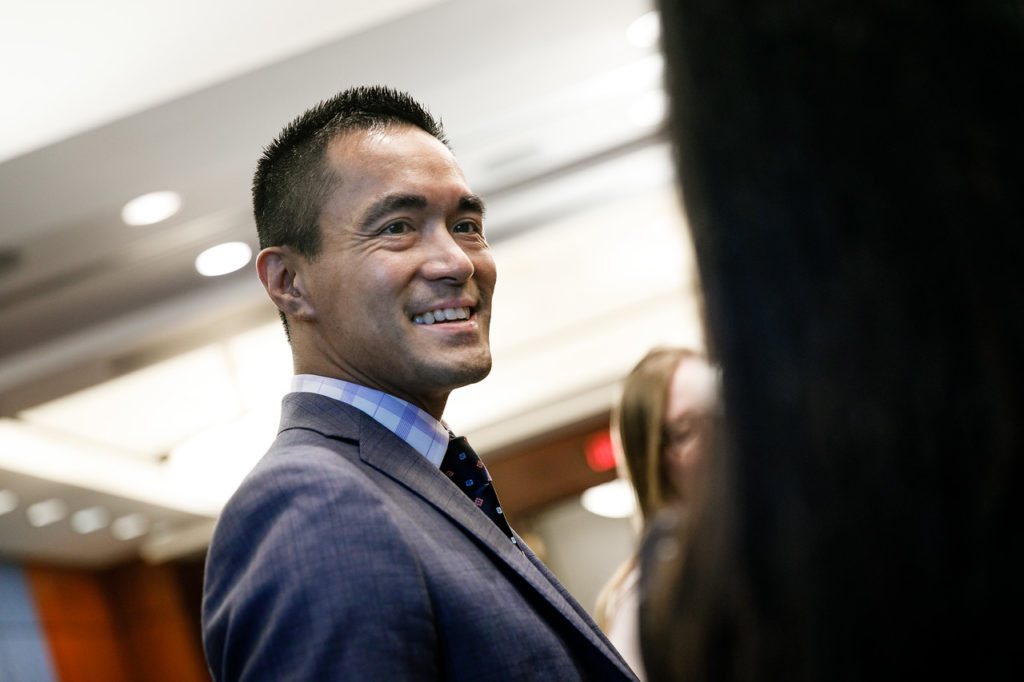
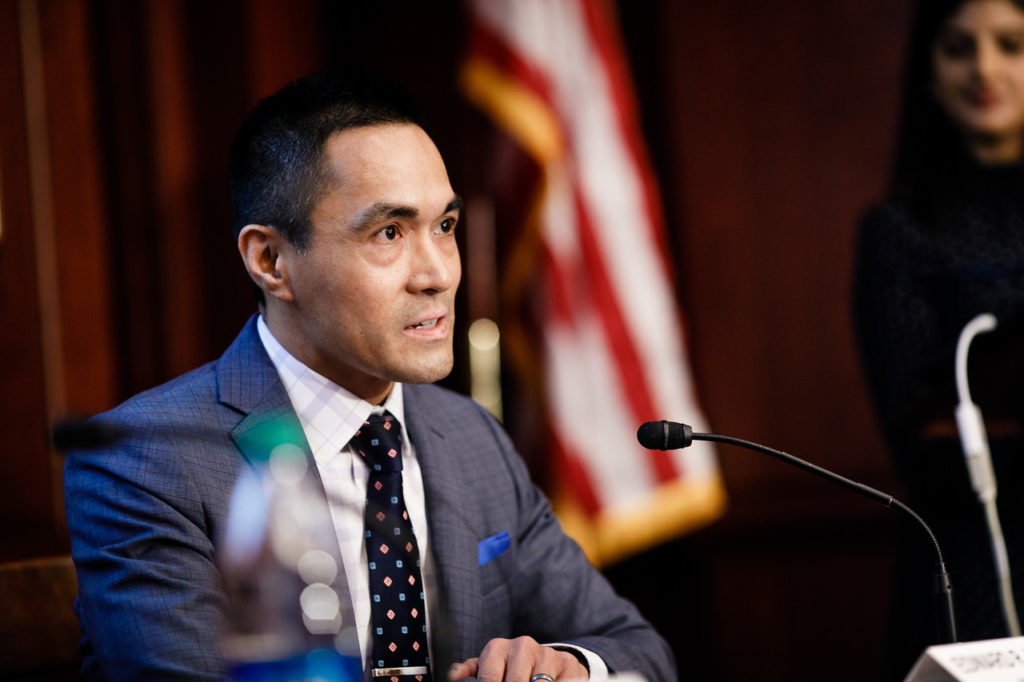
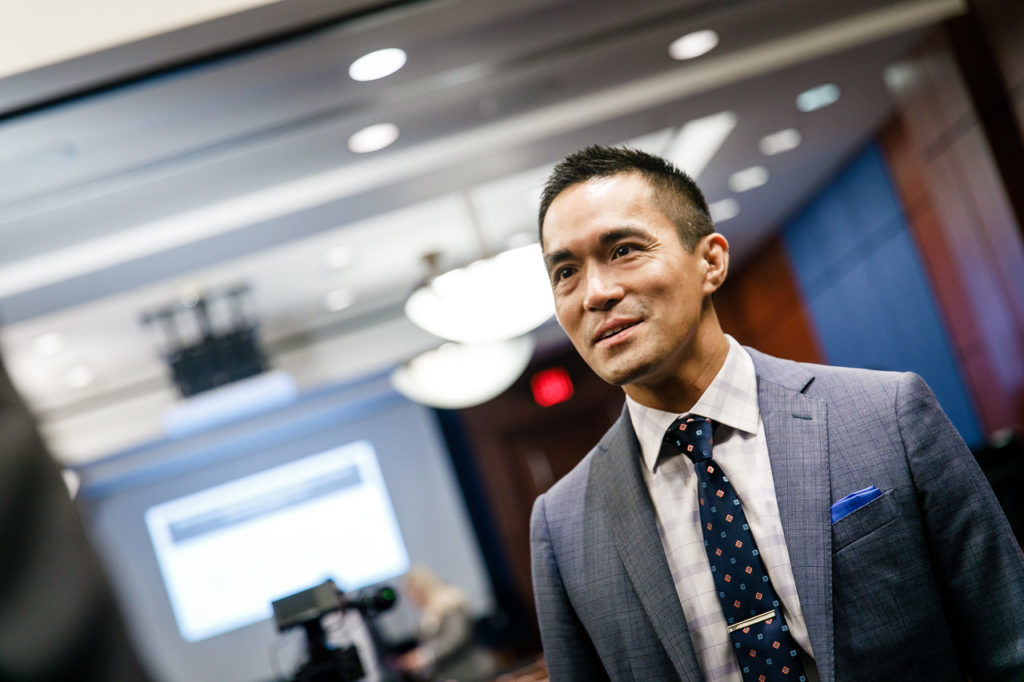
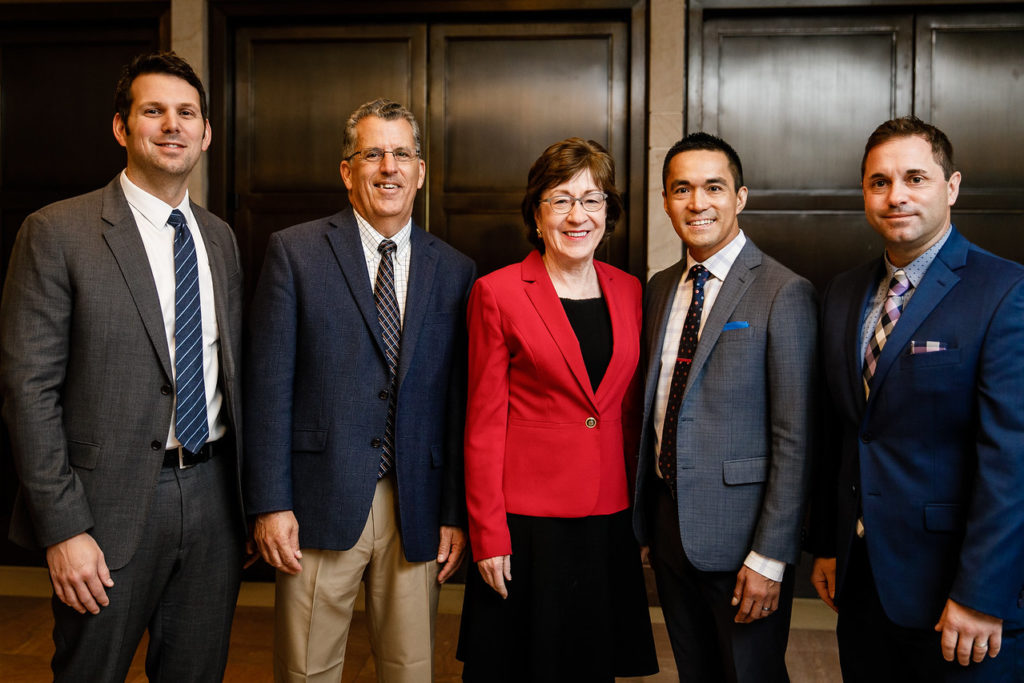
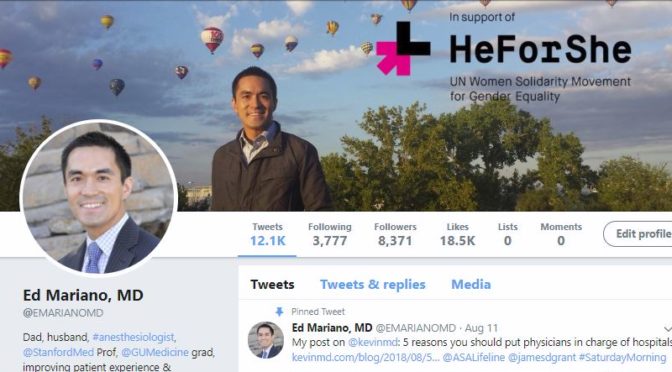

 San Francisco is the biggest little city. At just under 47 square miles and with more than 800,000 inhabitants, San Francisco is second only to New York City in terms of population density. Despite its relatively small size, “the City” (as we suburbanites refer to it) consists of many small neighborhoods, each with its own charm and character: Union Square, the Financial District, Pacific Heights, the Marina, Haight-Ashbury, Chinatown, Little Italy, Nob Hill, Russian Hill, SoMa (South of Market), the Fillmore, Japantown, Mission District, Noe Valley, Twin Peaks, Castro, Sunset, Tenderloin, and others. This is probably why die-hard New Yorkers love it so much.
San Francisco is the biggest little city. At just under 47 square miles and with more than 800,000 inhabitants, San Francisco is second only to New York City in terms of population density. Despite its relatively small size, “the City” (as we suburbanites refer to it) consists of many small neighborhoods, each with its own charm and character: Union Square, the Financial District, Pacific Heights, the Marina, Haight-Ashbury, Chinatown, Little Italy, Nob Hill, Russian Hill, SoMa (South of Market), the Fillmore, Japantown, Mission District, Noe Valley, Twin Peaks, Castro, Sunset, Tenderloin, and others. This is probably why die-hard New Yorkers love it so much. San Francisco is very family-friendly. If you’re debating whether or not to make a family trip out of #ANES18, my advice is to do it. Right around the convention center there are a number of attractions and events worth checking out. I highly recommend visiting the farmers market at the Ferry Building. While there, you can also take a ferry ride to a number of other destinations in the Bay Area (try Sausalito, a short trip that takes you past Alcatraz). For kids, there are parks within walking distance as well as the Children’s Creativity Museum, the San Francisco Railway Museum, Exploratorium, and the cable car turnabout at Powell and Market Street. Trips to Fisherman’s Wharf, Ghiradelli Square, or the aquarium are a short taxi or cable car ride away. In addition, runners will love running up and down the Embarcadero which gives you a view of the Bay Bridge and takes you past the City’s many piers. Shoppers will be in heaven, and foodies will have to make the impossible decision of choosing where to eat for every meal.
San Francisco is very family-friendly. If you’re debating whether or not to make a family trip out of #ANES18, my advice is to do it. Right around the convention center there are a number of attractions and events worth checking out. I highly recommend visiting the farmers market at the Ferry Building. While there, you can also take a ferry ride to a number of other destinations in the Bay Area (try Sausalito, a short trip that takes you past Alcatraz). For kids, there are parks within walking distance as well as the Children’s Creativity Museum, the San Francisco Railway Museum, Exploratorium, and the cable car turnabout at Powell and Market Street. Trips to Fisherman’s Wharf, Ghiradelli Square, or the aquarium are a short taxi or cable car ride away. In addition, runners will love running up and down the Embarcadero which gives you a view of the Bay Bridge and takes you past the City’s many piers. Shoppers will be in heaven, and foodies will have to make the impossible decision of choosing where to eat for every meal.